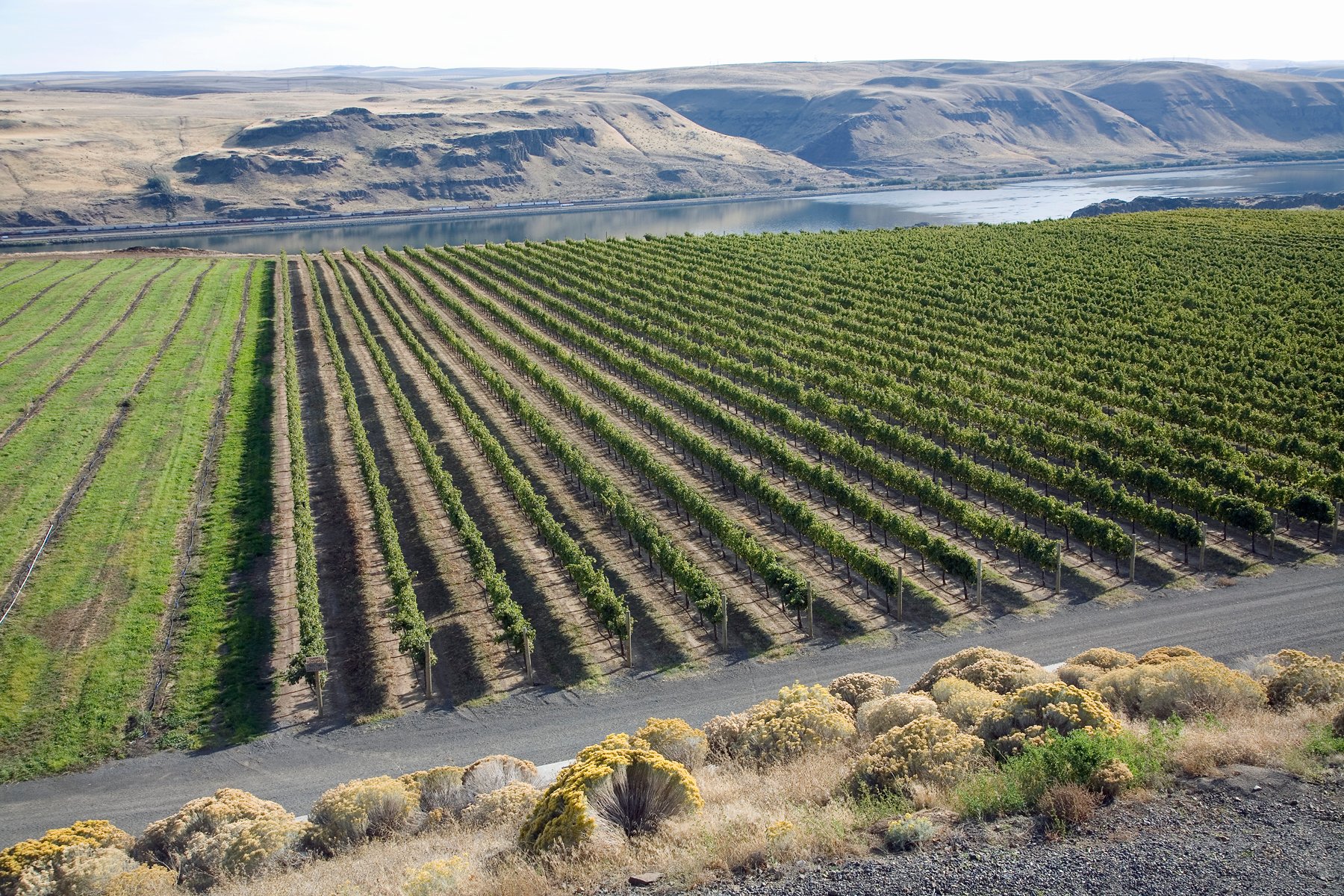From historic wildfires to the unprecedented effects of a global pandemic, 2020 had many surprises in store for grape growers. We’re looking back on an eventful year with industry leaders who’ve had a front-row seat.
In this interview we’ll hear from Vicky Scharlau, executive director of the Washington Winegrowers Association since 1999. Scharlau is a longtime industry professional with more than 40 years of years of experience across the U.S. and Mexico.
What notable events affected vineyards in 2020?
You can’t talk about 2020 without first talking about the end of 2019. Washington vineyards were hit with two freezes before the end of harvest, and suffered up to 30% damage to the crop. The wine industry was facing an oversupply: at the annual convention, Washington growers were being told to pull out 8,000 to 10,000 acres of vines to get the marketplace back in balance.
That was in early March. When COVID-19 hit, wine sales went up while people were home quarantining, and there was hope that pandemic would aid in reducing the stockpile—but that trend didn’t continue.
In July and August, the wildfires began, and the prolonged and heavy smoke exposure ruined many farmer’s entire grape crop. Fermentation can take a small amount of the smoke taint out of a load of grapes, or the wine can be mixed with other untainted wine, but often the fermentation process makes the smoke effects worse.
2020 has not seen the early freezes like 2019, but this year has been an economic challenge and has not provided many positives for grower morale. There were pockets of growers in the state that had the major challenges and are suffering.
Given the impact of these events, what distinguishes the growers who’ve been able to keep their businesses healthy?
It's a classic business question: how did growers plan for the future? Did they diversify their operation, or did they have a financial cushion available to make it through a challenging year? If the balance sheet was strong, and they could curb some of the expenses for the short term, that made a big impact on keeping operations afloat.

In Washington, growers can be very diversified with orchards, cattle, or hops. Being vertically integrated in the wine industry has helped growers survive or thrive through this year. If you are a small grower, it is important to be really good at what you do, by providing value so that people seek out your product through branding.
What trends or changes have you noticed when it comes to irrigation management?
Washington has curious wine growers: we are always looking for new ideas and technologies, and irrigation is always a hot topic amongst the group.
Eastern Washington is arid, so often being in a deficit irrigation situation, it's important to manage the water and put it only where it's needed. The Washington Winegrowers work closely with Washington State University (WSU) Extension on educational events, while the industry has supported research with WSU. The industry creates a list of needs that WSU puts the research projects together and works with the industry to try new technologies.
There are years when we spend a lot of time looking outward, looking at the markets and looking around the world for trends and markets. This year has provided an opportunity to look inward at our business model, the variety mix, where grapes are planted, disease loads, and try to make the business better by taking an introspective view.
Want another take on the year? Read more from Peter Vallis of the San Joaquin Valley Winegrowers Association or Max Jehle of Max Ag Consultants.
